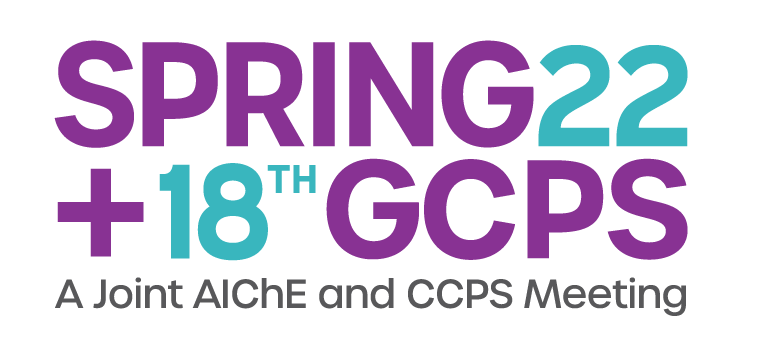

A novel integrated HSW treatment process based on the carboxylate platform was developed to valorize HSW. The process enables simultaneous HSW treatment and carboxylate production via high-rate methane-arrested anaerobic digestion (MAAD). This study specifically determined the links between HSW characteristics, microbial consortia structure, and the design and operation of high-rate MAAD from bench-scale (500-mL) to pilot-scale (100-gallon) systems. The objectives of this study include: (1) establishment of a tailored microbial consortia for high-efficiency HSW treatment and high-titer carboxylate production, (2) development of MAAD using actual dairy and brewery wastewater as the example HSW, (3) separation of MAAD broth via in-situ and downstream operation modes, (4) development of MAAD kinetic model, and (5) techno-economic analysis to determine the optimal economic performance for specific bioproducts (e.g., sustainable aviation fuel).
Specifically, a robust microbial consortium with high-salt toxicity tolerance was selectively established to achieve high treatment efficiency and acid productivity. A blend stream of cheese whey and brewery wastewater at high COD concentration (>70 g/L) was treated by MAAD with established microbial consortium to produce carboxylic acids with high concentration (>40 g/L) and COD conversion (>80%) at bench- and pilot-scale digesters. This study provides a comprehensive investigation of the effects of process operating conditions and digester configurations (e.g., fed-batch digester, anaerobic membrane digester, electrodeionization-assisted anaerobic digester) on the HSW treatment and carboxylate production. Furthermore, to determine key microbial players, the microbial community structure and dynamics were also analyzed under high COD concentration and acidic environment. The results show that the newly developed process has the potential for large-scale application. This is a successful example of the carboxylate platform to transform low- or negative-value waste streams into high-value bioproducts.
